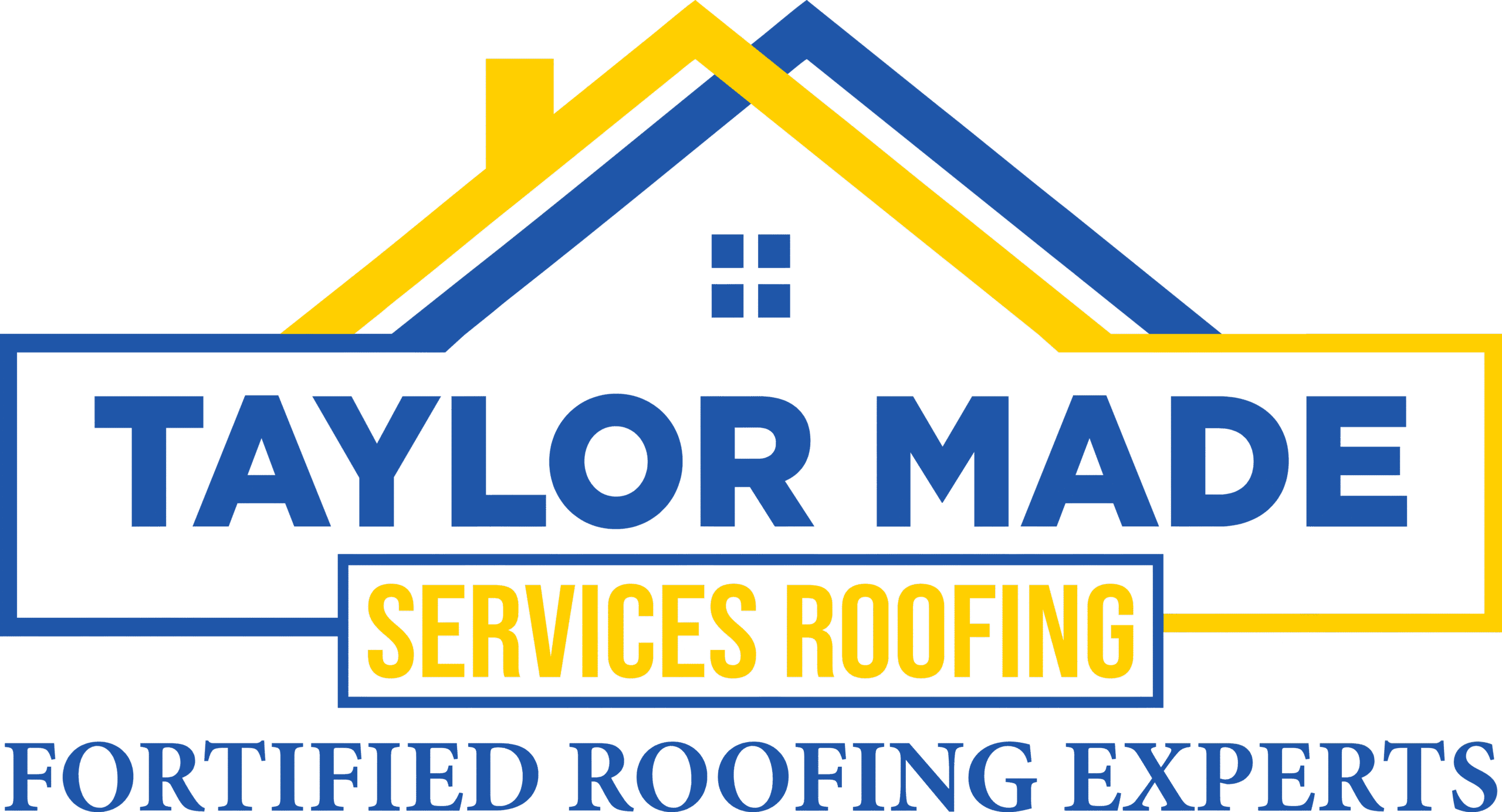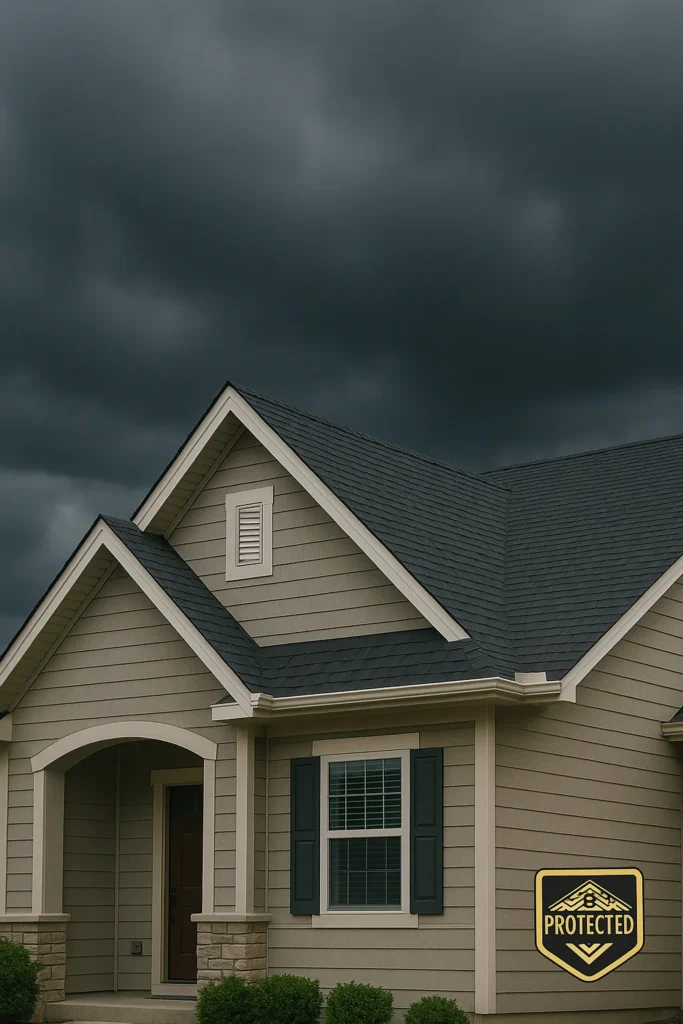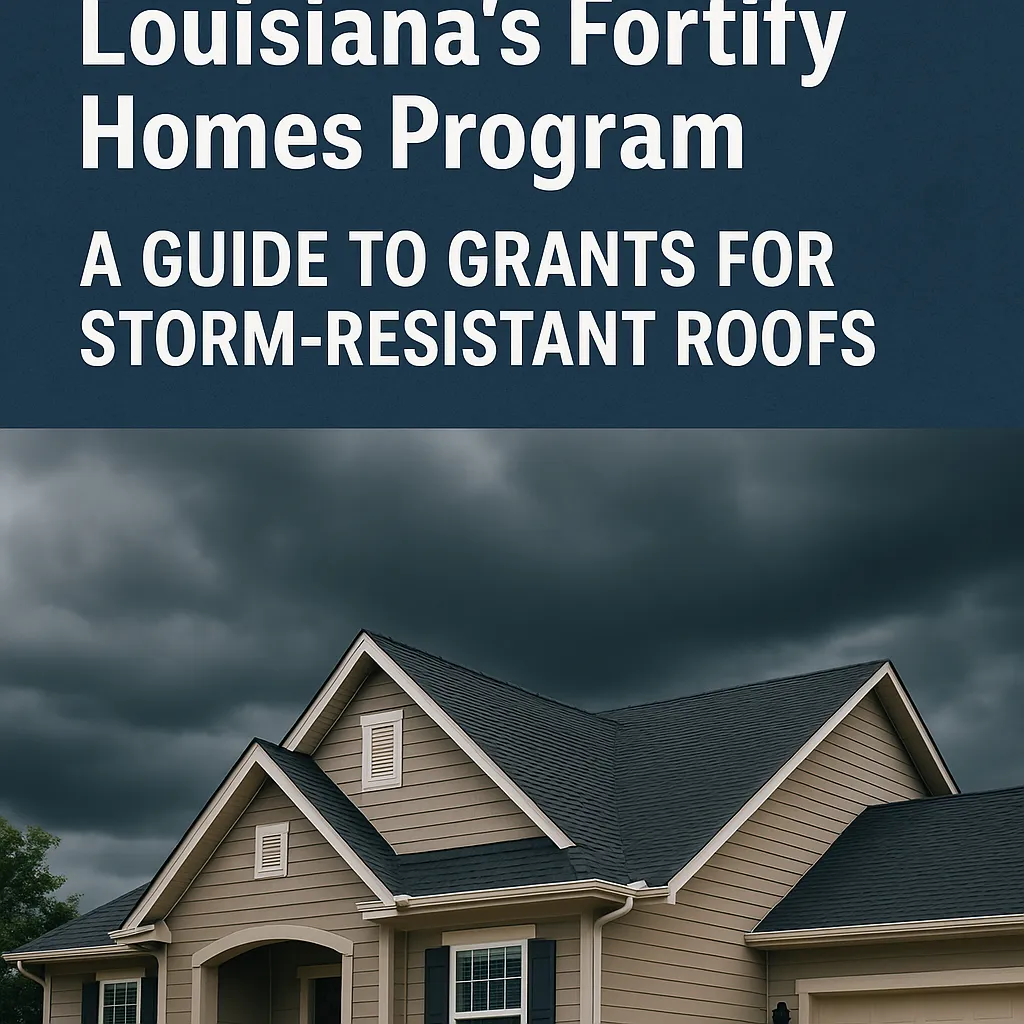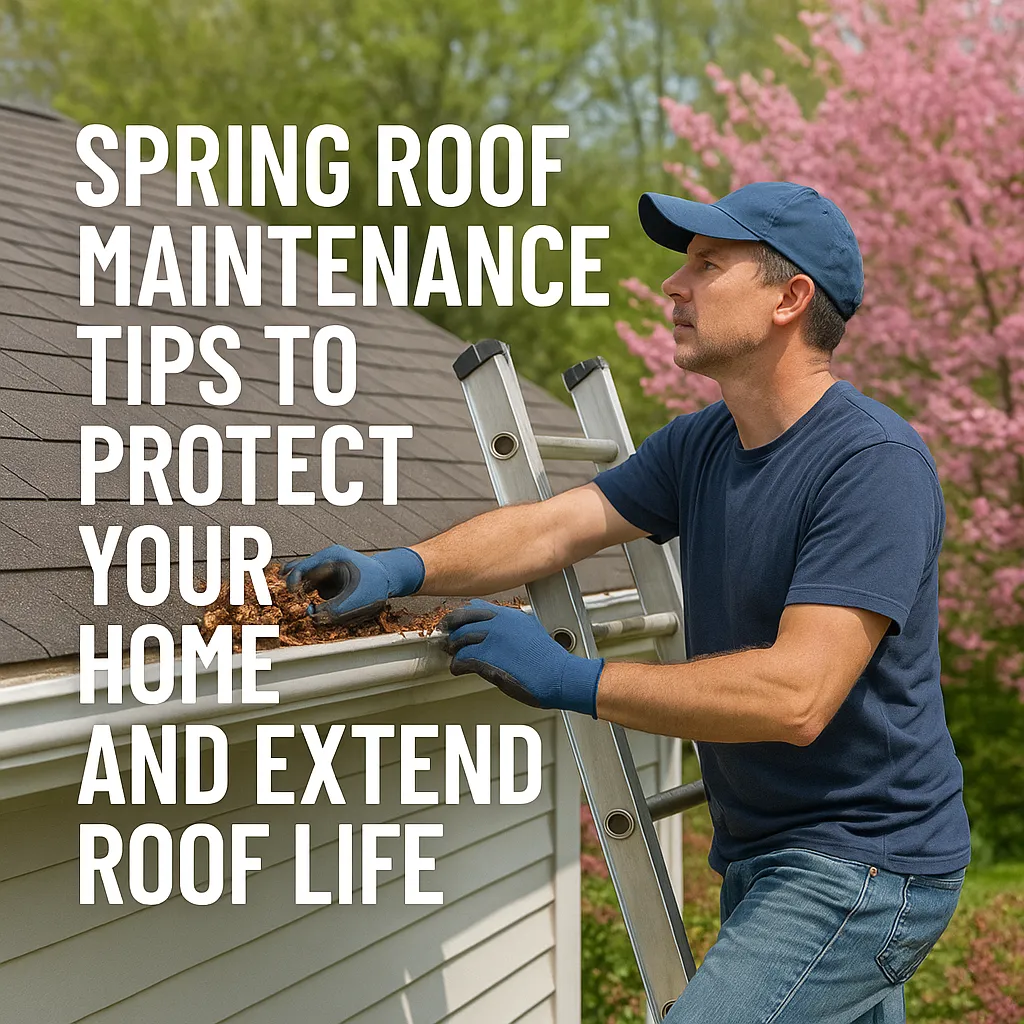Everything You Need to Know About Fascia Boards
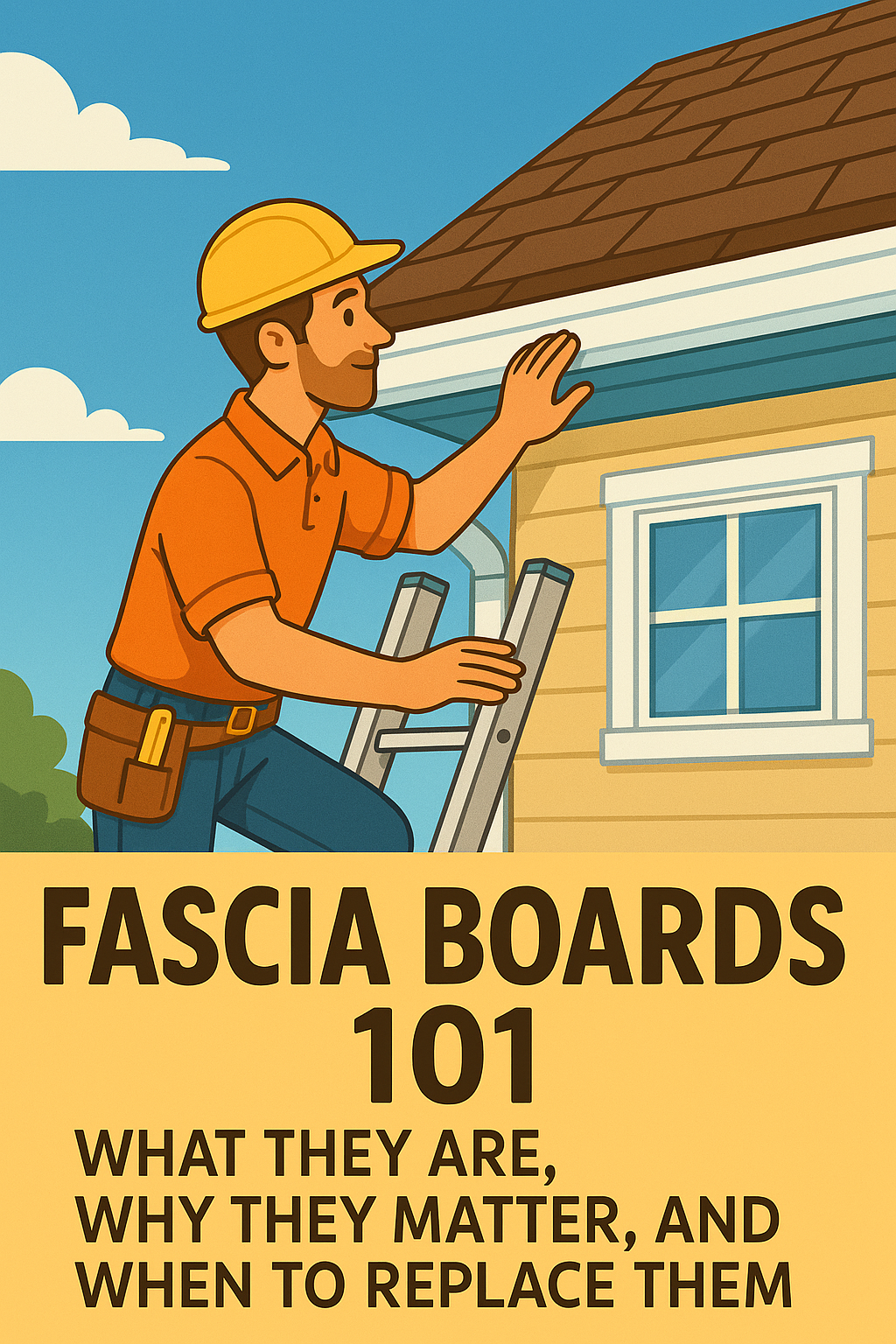
Fascia Boards 101: The Unsung Hero of Your Roofline
When most homeowners think about their roof, they picture shingles, gutters, or maybe that pesky leak from last season. But there’s a critical piece holding everything together that hardly gets any attention — the fascia board. It’s the sleek horizontal trim that runs along the edge of your roof, right where your gutters attach. And believe it or not, this simple board plays a huge role in protecting your home from water, pests, and structural damage.
What Exactly Is a Fascia Board?
Think of fascia as your roof’s front-facing armor. It’s mounted to the ends of your rafters and provides a solid surface to attach your gutters. Without it, your roofline would look unfinished — and worse, it would be wide open to water damage and critters.
Together with the soffit (that vented panel under the eaves), fascia forms the perfect tag team: fascia handles the water, soffit handles the airflow.
Why Fascia Boards Are So Important
Fascia might look purely cosmetic, but it’s anything but.
Here’s why it matters:
-
It supports your gutters. Every gallon of rainwater weighs more than eight pounds. Multiply that by a long stretch of gutter, and that fascia board is carrying a serious load.
-
It seals out weather and pests. Proper fascia installation keeps out wind-driven rain, squirrels, and insects that love dark attic spaces.
-
It protects your home’s structure. By guiding water into your gutters instead of behind your siding, fascia prevents rot and mold from creeping into your rafters.
-
It boosts curb appeal. A straight, freshly painted fascia line instantly gives your roof a crisp, finished look.
Common Materials Used for Fascia
Not all fascia boards are created equal, and some maintenance on the materials can be required. Here’s a quick rundown of what’s out there:
-
Wood: Classic and affordable, but it needs regular painting and sealing to prevent rot.
-
Engineered wood: A little pricier, but it resists warping and moisture better than standard pine.
-
PVC or composite: Practically maintenance-free and won’t rot — great for humid Gulf Coast weather.
-
Aluminum-wrapped wood: Adds weather protection, though hidden rot can develop if water sneaks behind the wrap.
Signs Your Fascia Might Need Repair or Replacement
Wondering if it’s time for new fascia? Keep an eye out for these red flags:
-
Dark water stains or soft spots
-
Gutters pulling away or sagging
-
Gaps between your fascia and soffit
-
Bird nests, wasps, or other pest activity near the eaves
If you notice any of these, it’s smart to schedule a professional inspection before the problem spreads.
What Causes Fascia Damage?
The most common culprit is water — whether from leaky gutters, missing drip edge flashing, or heavy storms. But high humidity, poor ventilation, and pest infestations can also take their toll. On the Gulf Coast, where storms and salty air are constant factors, fascia boards tend to age faster than in drier climates.
Keeping Fascia in Top Shape
You can extend your fascia’s life with a few simple habits:
-
Keep your gutters clean and securely fastened.
-
Repaint or reseal wooden fascia every few years.
-
Make sure your drip edge flashing is correctly installed.
-
Look for soft or warped sections after major storms.
A quick visual check each season can save you from costly structural repairs later.
When to Call the Pros
If your gutters are sagging, your paint keeps peeling, or you can see visible rot along your roof edge — it’s time to call in the experts. At Taylor Made Services Roofing, Inc., we inspect, repair, and replace fascia boards as part of our full-service roofing solutions. We’ll make sure your roofline not only looks perfect but performs perfectly too.
Final Thoughts
Your roof is too important to gamble on shortcuts or guesswork. By avoiding these common roofing mistakes, you’ll protect your home, save money, and gain peace of mind knowing the job was done right.
At Taylor Made Services Roofing, Inc., we’re here to guide you through the process—from inspections to installation—so you can feel confident in your investment.
📞 Call us today to schedule your inspection or request a free estimate.
Frequently Asked Questions
- How much does it cost to replace fascia boards on a house?
- What is the lifespan of different fascia board materials?
- Can I paint or reseal fascia boards myself, or should I hire a professional?
- What are the signs that fascia board damage has spread beyond what’s visible?
- Does replacing fascia boards improve my home’s energy efficiency or ventilation?
Question: How much does it cost to replace fascia boards on a house?
Answer: The cost to replace fascia boards can vary depending on your home’s size, the material used, and the extent of any damage. On average, homeowners spend between $6 to $20 per linear foot for new fascia installation, including labor. Wood fascia is usually the most affordable, while composite and PVC options cost a little more but require less long-term maintenance. If your existing fascia has rot, water damage, or pest issues, repairs may be needed before replacement—raising the total cost. Getting a professional inspection ensures you only replace what’s necessary and that your new fascia is properly sealed and ventilated.
Question: What is the lifespan of different fascia board materials?
Answer: The lifespan of fascia boards depends heavily on the type of material and how well it’s maintained. Wood fascia boards typically last around 10 to 20 years when kept painted and sealed. PVC fascia boards can last 30 years or more, resisting rot, moisture, and insects. Aluminum and composite fascia also offer excellent durability and minimal maintenance needs. Homes in humid areas like the Gulf Coast benefit most from materials that resist warping and water damage. Regular inspections, repainting, or resealing can extend your fascia’s lifespan significantly.
Question: Can I paint or reseal fascia boards myself, or should I hire a professional?
Answer: Painting or resealing fascia boards is something many homeowners can handle—if the boards are in good condition. You’ll need to clean the area thoroughly, scrape away any peeling paint, and use a high-quality exterior primer and paint or sealant designed for your fascia’s material. However, if there’s any sign of rot, sagging gutters, or structural damage, it’s best to call a professional. A roofing expert can safely access higher areas, identify hidden problems, and ensure your fascia is properly protected from moisture. Professional service often saves you money in the long run by preventing larger repairs.
Question: What are the signs that fascia board damage has spread beyond what’s visible?
Answer: Visible rot or peeling paint might just be the surface of a bigger problem. Signs that fascia damage has spread include sagging gutters, soft spots when pressed, discoloration along the soffit, or water stains inside your attic near the roofline. You might also notice pests like birds or squirrels nesting near the eaves—an indication that gaps or decay have formed. Once water gets behind fascia boards, it can affect rafters, soffits, and even insulation. Early repair or replacement prevents the damage from spreading and keeps your roof structure sound.
Question: Does replacing fascia boards improve my home’s energy efficiency or ventilation?
Answer: Yes—replacing damaged or poorly fitted fascia boards can indirectly improve your home’s energy efficiency and attic ventilation. Fascia and soffit work together to seal your roofline, helping to control airflow and prevent moisture buildup. When fascia boards are cracked, rotted, or pulling away, air and water can enter your attic, leading to temperature fluctuations and higher energy costs. Installing new, properly sealed fascia helps maintain consistent airflow, supports attic ventilation systems, and protects insulation from moisture damage.
